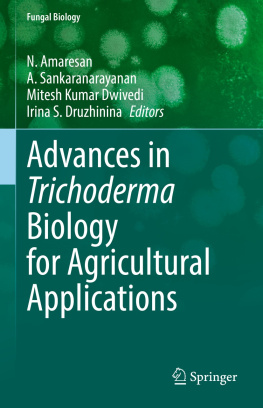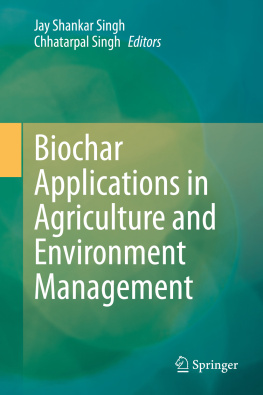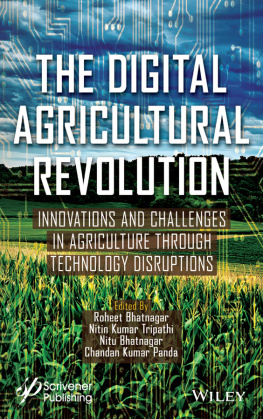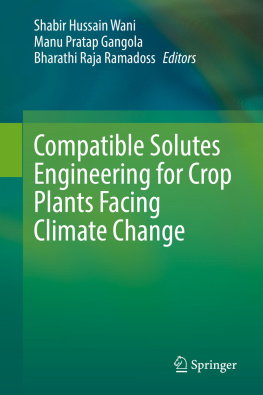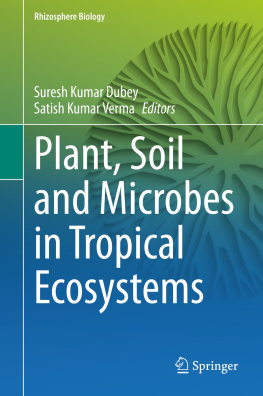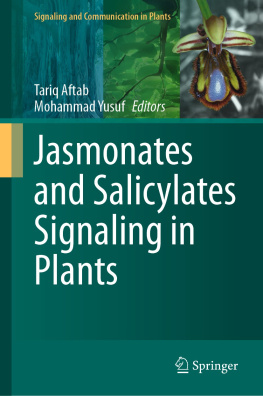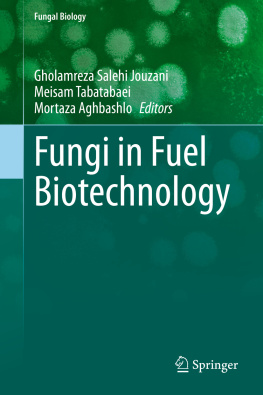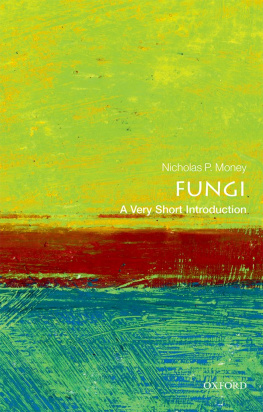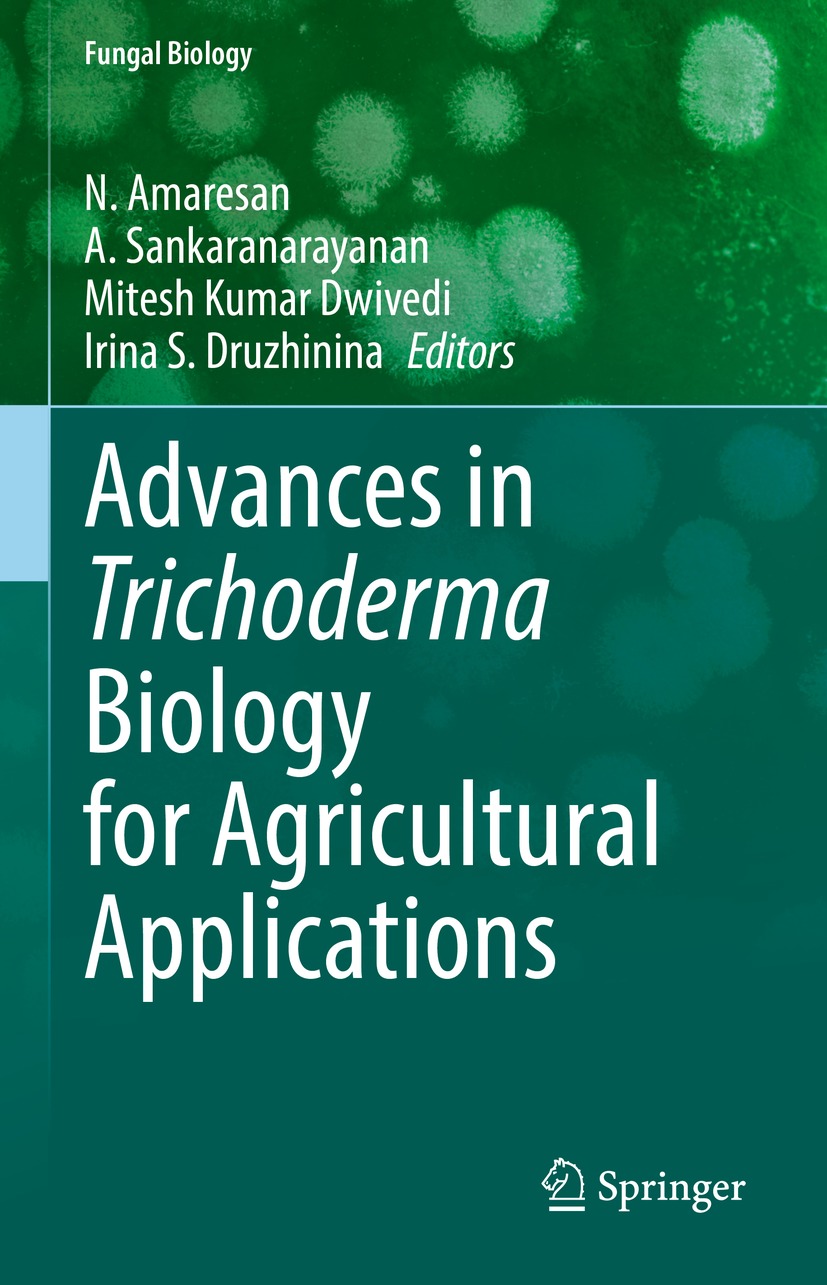Fungal Biology
Series Editors
Vijai Kumar Gupta
Biorefining and Advanced Materials Research Center, Scotlands Rural College (SRUC), SRUC Barony Campus, Parkgate, Dumfries, Scotland, UK
Maria G. Tuohy
School of Natural Sciences, National University of Ireland Galway, Galway, Ireland
Fungal biology has an integral role to play in the development of the biotechnology and biomedical sectors. It has become a subject of increasing importance as new fungi and their associated biomolecules are identified. The interaction between fungi and their environment is central to many natural processes that occur in the biosphere. The hosts and habitats of these eukaryotic microorganisms are very diverse; fungi are present in every ecosystem on Earth. The fungal kingdom is equally diverse, consisting of seven different known phyla. Yet detailed knowledge is limited to relatively few species. The relationship between fungi and humans has been characterized by the juxtaposed viewpoints of fungi as infectious agents of much dread and their exploitation as highly versatile systems for a range of economically important biotechnological applications. Understanding the biology of different fungi in diverse ecosystems as well as their interactions with living and non-living is essential to underpin effective and innovative technological developments. This series will provide a detailed compendium of methods and information used to investigate different aspects of mycology, including fungal biology and biochemistry, genetics, phylogenetics, genomics, proteomics, molecular enzymology, and biotechnological applications in a manner that reflects the many recent developments of relevance to researchers and scientists investigating the Kingdom Fungi. Rapid screening techniques based on screening specific regions in the DNA of fungi have been used in species comparison and identification, and are now being extended across fungal phyla. The majorities of fungi are multicellular eukaryotic systems and therefore may be excellent model systems by which to answer fundamental biological questions. A greater understanding of the cell biology of these versatile eukaryotes will underpin efforts to engineer certain fungal species to provide novel cell factories for production of proteins for pharmaceutical applications. Renewed interest in all aspects of the biology and biotechnology of fungi may also enable the development of one pot microbial cell factories to meet consumer energy needs in the 21st century. To realize this potential and to truly understand the diversity and biology of these eukaryotes, continued development of scientific tools and techniques is essential. As a professional reference, this series will be very helpful to all people who work with fungi and should be useful both to academic institutions and research teams, as well as to teachers, and graduate and postgraduate students with its information on the continuous developments in fungal biology with the publication of each volume.
More information about this series at https://link.springer.com/bookseries/11224
Editors
N. Amaresan
C.G. Bhakta Institute of Biotechnology, Uka Tarsadia University, Surat, Gujarat, India
A. Sankaranarayanan
School of Life Sciences, Sri Sathya Sai University for Human Excellence, Kalaburagi, Karnataka, India
Mitesh Kumar Dwivedi
C.G. Bhakta Institute of Biotechnology, Uka Tarsadia University, Surat, Gujarat, India
Irina S. Druzhinina
Nanjing Agricultural University, Nanjing, China
ISSN 2198-7777 e-ISSN 2198-7785
Fungal Biology
ISBN 978-3-030-91649-7 e-ISBN 978-3-030-91650-3
https://doi.org/10.1007/978-3-030-91650-3
The Editor(s) (if applicable) and The Author(s), under exclusive license to Springer Nature Switzerland AG 2022
This work is subject to copyright. All rights are solely and exclusively licensed by the Publisher, whether the whole or part of the material is concerned, specifically the rights of translation, reprinting, reuse of illustrations, recitation, broadcasting, reproduction on microfilms or in any other physical way, and transmission or information storage and retrieval, electronic adaptation, computer software, or by similar or dissimilar methodology now known or hereafter developed.
The use of general descriptive names, registered names, trademarks, service marks, etc. in this publication does not imply, even in the absence of a specific statement, that such names are exempt from the relevant protective laws and regulations and therefore free for general use.
The publisher, the authors and the editors are safe to assume that the advice and information in this book are believed to be true and accurate at the date of publication. Neither the publisher nor the authors or the editors give a warranty, expressed or implied, with respect to the material contained herein or for any errors or omissions that may have been made. The publisher remains neutral with regard to jurisdictional claims in published maps and institutional affiliations.
This Springer imprint is published by the registered company Springer Nature Switzerland AG
The registered company address is: Gewerbestrasse 11, 6330 Cham, Switzerland
Foreword

At the beginning of my mycological career, I fell in love with Trichoderma because of its looks. The colorful stromata and usually ornamented ascospores, and the complex branching patterns and green conidia of the asexual states, were eye-catching. Now, after more than 20 years of working with this genus, I have come to know it for more than its appearance, and I still love it. The book Advances in Trichoderma Biology for Agricultural Applications presents an overview of all those other amazing aspects of Trichoderma that cannot be seen by the naked eye: from its complex taxonomy and species identification to its known applications in biological control, growth promotion, and stress alleviation. The book also includes chapters on mechanisms involved in plant protection and the genomic and metabolomic tools used to understand them. In addition, even though the books title relates to the agricultural applications, it also contains chapters on industrial uses, such as biosynthesis of nanoparticles, bioremediation, medicine, and wine and beer production. However, as it is mentioned in the preface, Trichoderma also has an evil side that we, Trichoderma-lovers, sometimes want to evade. For example, potent mycotoxin producers, agents causing disease in immunocompromised patients, or mycoparasites of commercial edible mushrooms.
I believe there are many facets of Trichoderma biology that need further studies, and hopefully this book will provide motivation to delve deeper into them. For example, some interrogations may be: How many species of

